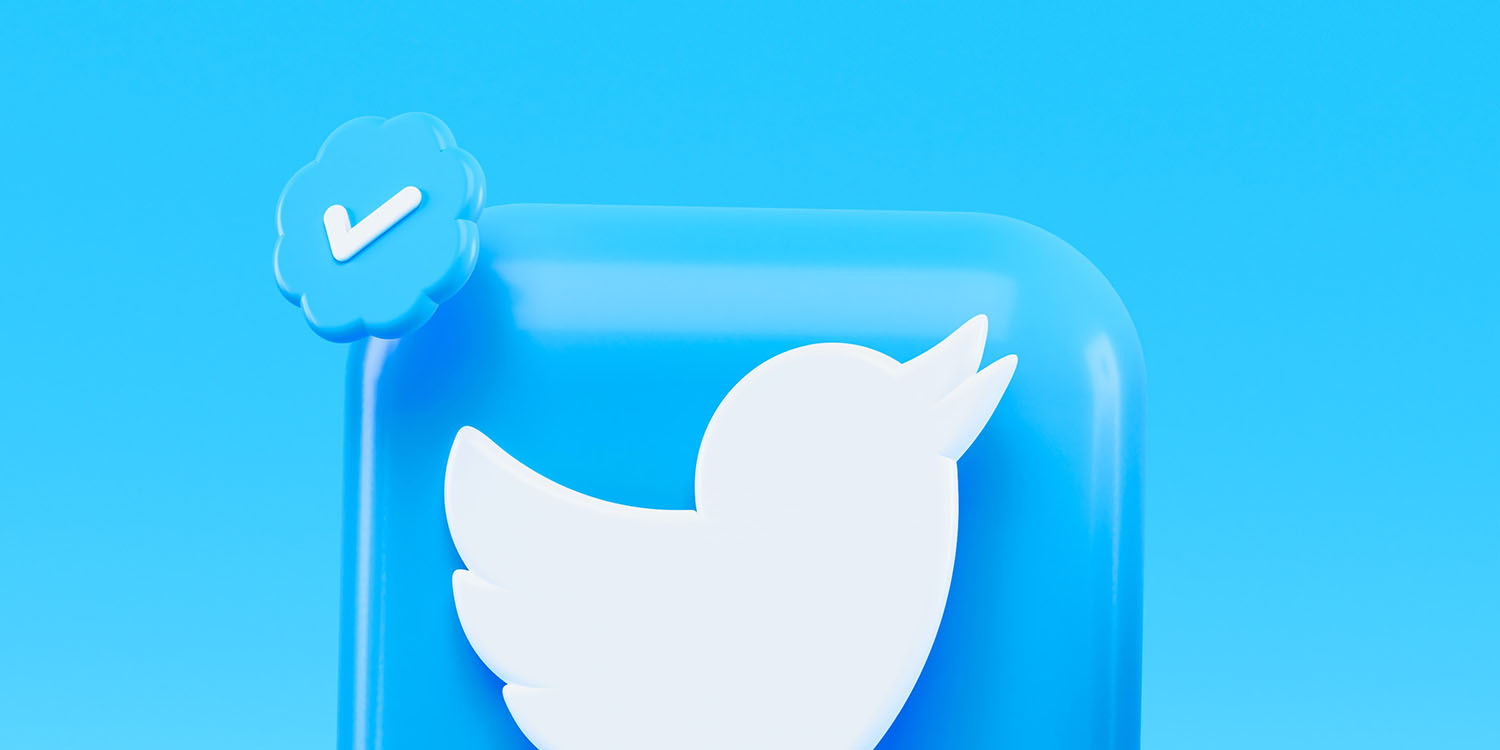
There’s no letup in the Twitter verification mess, after Musk’s stated deadline for legacy verified accounts to lose their blue checkmark passed with little change. He’s now said they will be given more time, though this decision may have been forced on him …
Background
When billionaire Elon Musk bought Twitter for $44B, after attempting to back out of the purchase, he made a series of changes that saw advertisers pause or greatly reduce their spend on the platform. The headline change was that Twitter verification would be available for sale as part of a Twitter Blue subscription.
Musk was forced to rethink the move after it created open season for trolls, pranksters, and scammers, but was later relaunched. A separate gray checkmark for official company and organizational accounts was launched and abandoned within hours.
Uptake of Twitter Blue subscriptions is reportedly extremely low, at just 0.2% of Twitter users. In an attempt to address this, Musk announced that legacy blue checkmarks would be removed from accounts who didn’t purchase a subscription. The deadline for doing so was the end of March.
Twitter verification mess continues
Despite the expiry of the deadline, the vast majority of legacy verified accounts still have their blue checkmark.
However, some accounts are now showing a new message when you click on the checkmark:
This account is verified because it’s subscribed to Twitter Blue or is a legacy verified account.
Previously, the message for legacy verification read:
This account is verified because it’s notable in government, news, entertainment, or another designated category.
The change means that it’s no longer possible to see whether the blue checkmark is for a notable account, or someone who has paid the $8/month fee – though you can download a script from Github to tell the two apart.
However, some legacy verified accounts are, at the time of writing, still showing the original message. Update: Mine just changed. For the avoidance of doubt, I’m not a Twitter Blue subscriber.
Actually removing the blue checkmarks from legacy verified accounts is reportedly a manual process, so not something Twitter can do at scale. Perhaps done using a Random Array of Inexpensive Interns.
Gold checkmarks
A gold checkmark for verified organizations has also been introduced. This was originally free, but they too were set to lose their verification checkmark unless they subscribed to a separate plan costing $1,000/month for the organization, plus $50/month per “associated account.” For example, a media outlet would need to pay the $1K fee for its main account, plus $50/month for each journalist.
Again, implementation of this policy appears to have been similarly sporadic, with many organizations (including us) retaining their checkmark without paying any of the fees.
A New York Times report said that Twitter was quietly making exceptions for some organizations. This included the top 500 advertisers, and the top 10,000 organizations by follower count.
Musk targets ‘New York Times’
The paper itself was targeted by Musk when it announced that it would not be paying for its gold checkmark. Musk responded by tweeting, “Oh ok, we’ll take it off then.” Shortly afterwards, it was removed – with Musk subsequently attacking the publication.
Fortune notes that many public figures have made similar announcements about the blue checkmark.
Many now feel that paid verification is the very opposite of providing credibility, by demonstrating that someone is insecure enough to feel the need to pay for it.
Image: Alexander Shatov/Unsplash
FTC: We use income earning auto affiliate links. More.



Comments